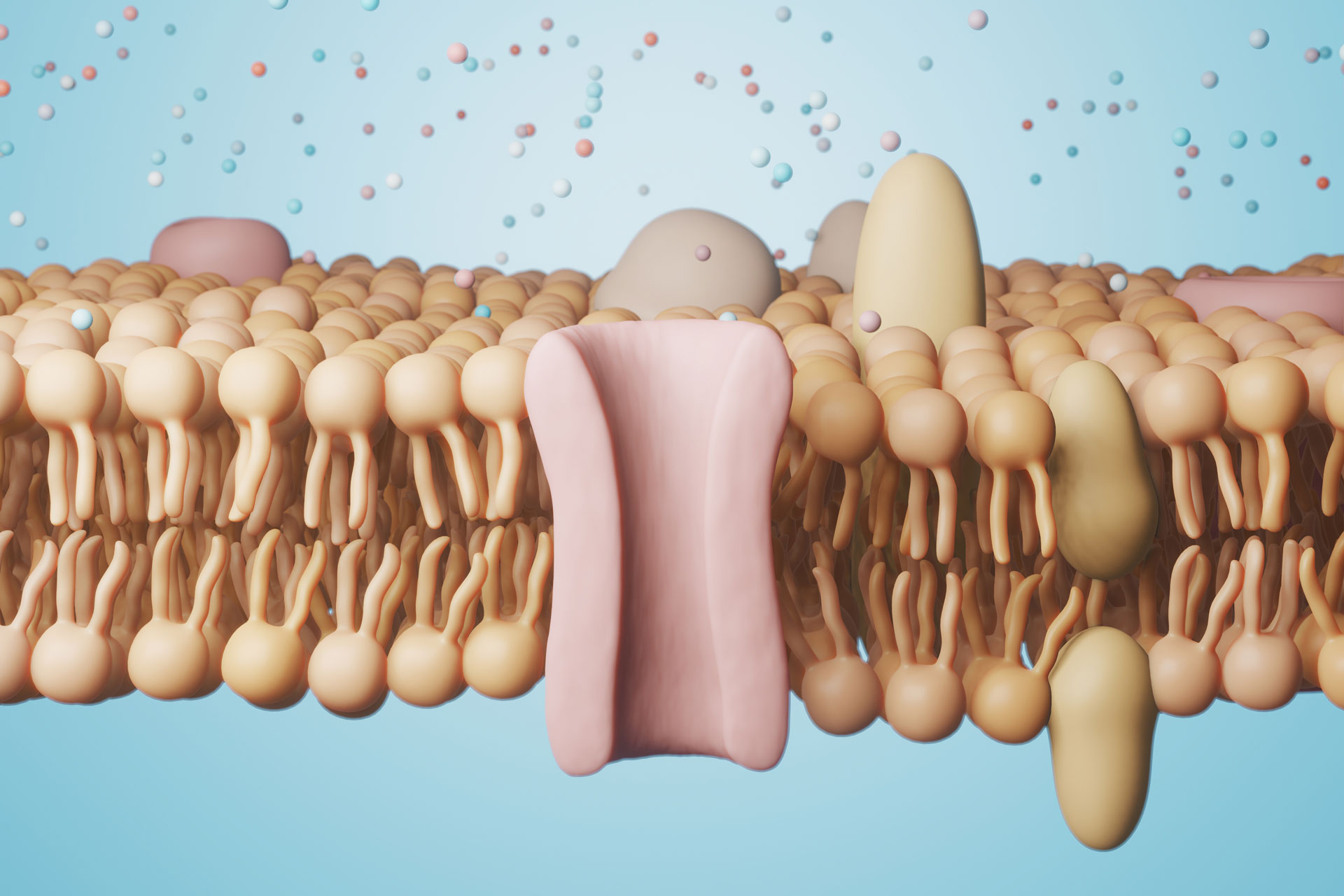Defective Locks Interfere with Brain Development

Faulty pores in the cell membrane hamper cell division and the development of the nervous system in the embryonic phase – which can lead to reduced brain volume and neurological disorders. Researchers from DZNE, the University Hospital Cologne, and the Center for Molecular Medicine of the University of Cologne report on this in the journal PNAS. Their findings, which are based on studies in mice and cell cultures, provide insights into fundamental processes that could similarly apply to humans.
“During embryonic development, there are critical phases. This is particularly relevant for the development of the nervous system. If something goes wrong during these stages, it has serious and lasting consequences,” says Dirk Isbrandt, research group leader at DZNE and professor of Experimental Neurophysiology at the University of Cologne. As the current study shows, so-called HCN channels – tiny pores in the cell membrane – play an important role in this process. “When these channels are blocked, the cell cycle is disrupted. This is what we found in our studies. Neural stem cells are then unable to divide and multiply normally. This means that they do not develop into neurons to the extent they should. In mice, this led to microcephaly, that is, reduced brain volume,” says Prof. Isbrandt.
HCN channels consist of special proteins that form a molecular pipeline. These constructs act as locks: Their opening and closing changes the influx of sodium ions into the cell. This charge flow affects the so-called membrane potential, an electrical potential that builds up across the cell membrane and changes in a specific manner during normal cell division. Experts refer to this as “depolarization”. But if the HCN channels are blocked, charge transport through the cell membrane fails to happen. The scientists were able to track this effect in transgenic mice. In these animals – due to a modified gene – the proteins that form an HCN channel were altered in a way that the passage was permanently closed. In addition, Isbrandt’s team performed studies on cell cultures.
Hitherto Unknown Mechanism
However, HCN channels also occur in the human organism, especially in the brain and in cells of the heart muscle. Here, their function is well researched – but little is known about their role during the embryonic phase. “We know of patients with epilepsy and gene mutations that cause HCN channels to be dysfunctional. Some of these individuals have microcephaly. Our study suggests that this is caused by impaired cell division during embryonic development,” Isbrandt says. “Certainly, our studies only roughly replicate the situation in humans, but we believe that we have hit upon a previously unknown mechanism for brain malformations. This is of fundamental significance for understanding the development of the nervous system.”
Original publication
Developmental HCN channelopathy results in decreased neural progenitor proliferation and microcephaly in mice.
Anna Katharina Schlusche et al.
PNAS (2021).
DOI: 10.1073/pnas.2009393118
September 2021
